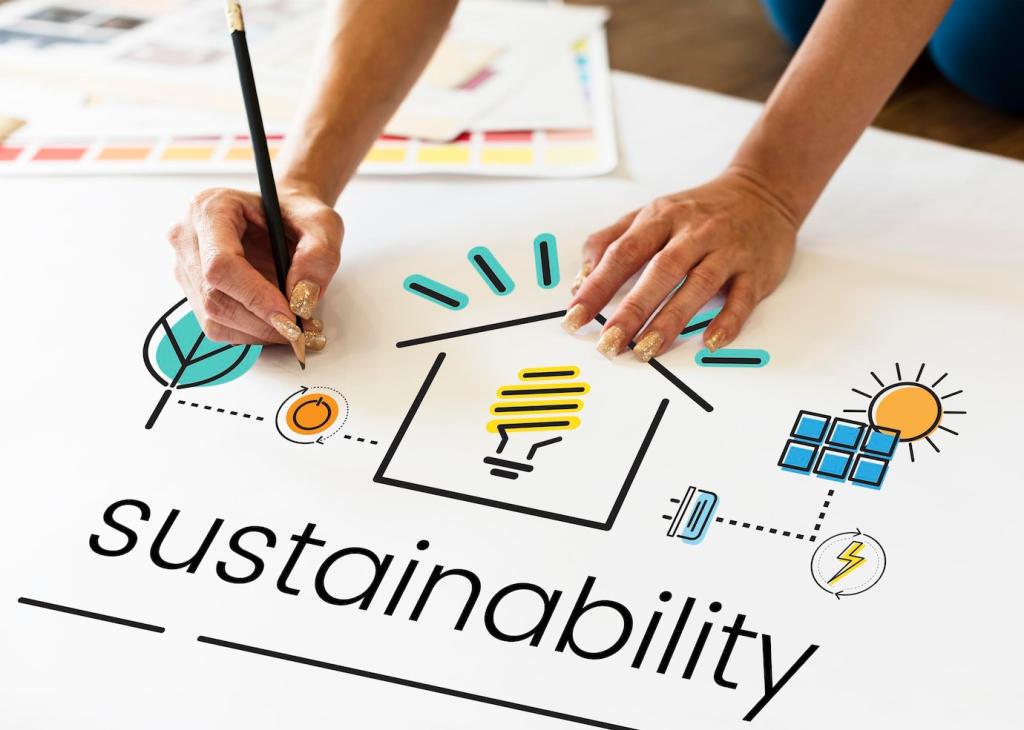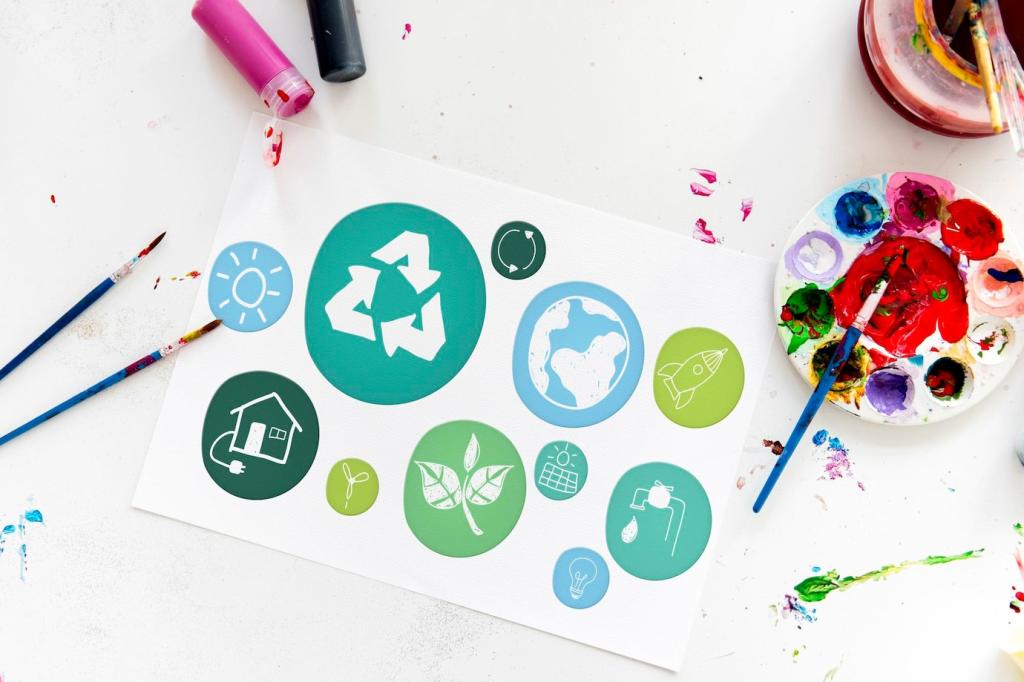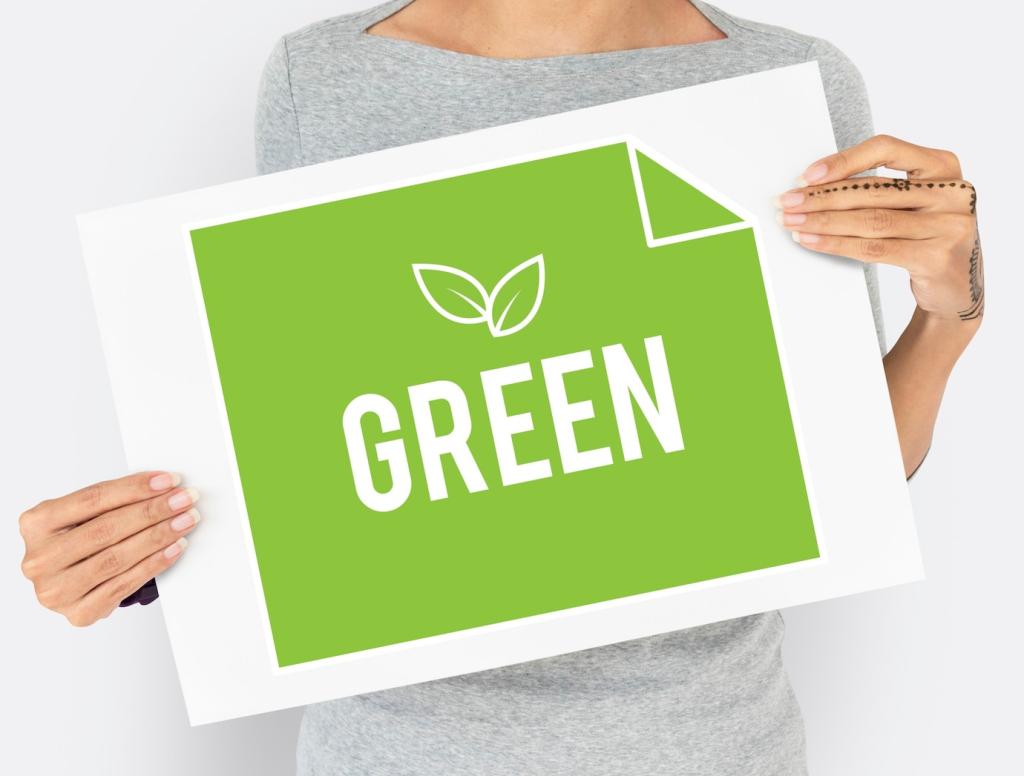What Low-Impact Flooring Really Means
Low-impact flooring starts with what it is made of and where it comes from. Seek rapidly renewable or responsibly harvested inputs like cork, natural linoleum ingredients, reclaimed wood, and FSC-certified timber. Verify supply chain transparency and avoid products that rely on endangered forests or opaque sourcing. Share your favorite certified brands so others can learn from your experience.
What Low-Impact Flooring Really Means
A floor’s true footprint includes extraction, manufacturing, transport, installation, use, and end-of-life. Compare Environmental Product Declarations and prioritize options with lower embodied carbon and local or regional production to cut freight emissions. Durable floors that last decades dramatically reduce impact over time. Tell us which lifecycle metrics you consider essential when shopping.
What Low-Impact Flooring Really Means
Healthy homes need clean chemistry. Choose no-added-formaldehyde cores, low-VOC adhesives, and finishes certified by programs like GREENGUARD Gold or FloorScore. Good ventilation during and after installation lowers exposure further. Sensitive households benefit from low-odor products and thorough off-gassing before move-in. Comment with your indoor air quality tips for new installs.
What Low-Impact Flooring Really Means
Lorem ipsum dolor sit amet, consectetur adipiscing elit. Ut elit tellus, luctus nec ullamcorper mattis, pulvinar dapibus leo.







